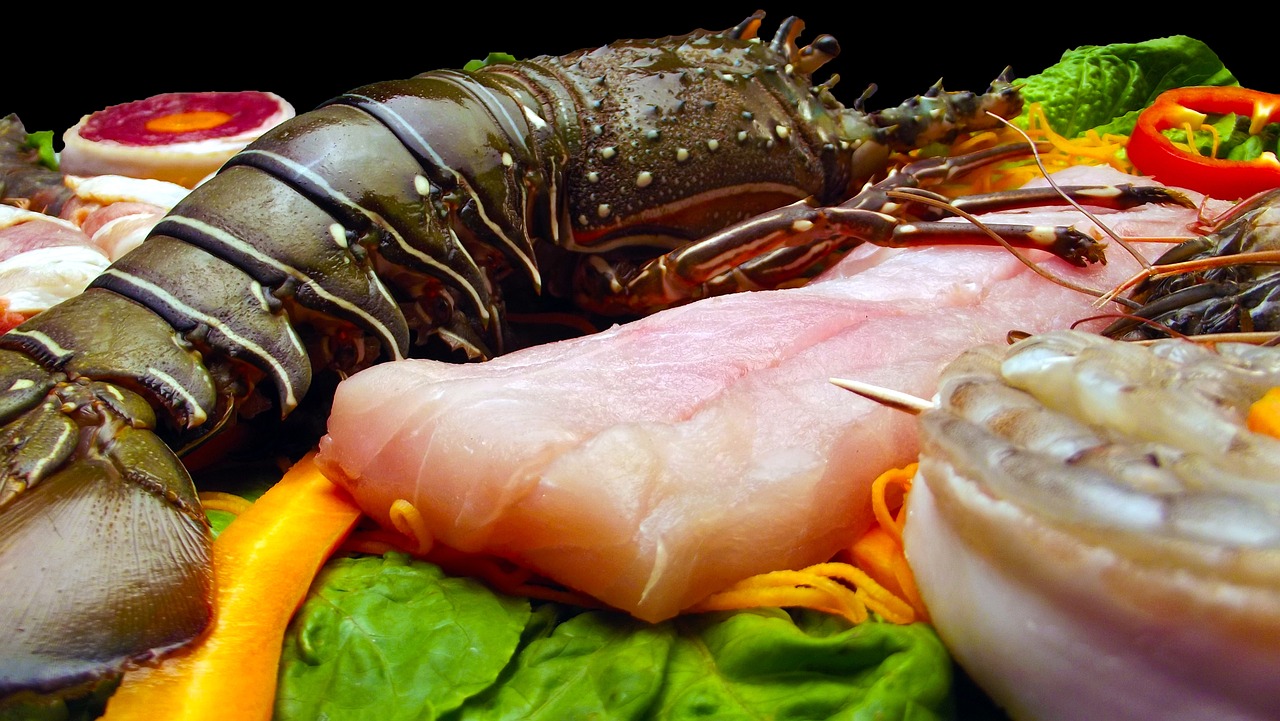1. Sustainable Fisheries and Aquaculture
- Sustainable Practices: Many countries and organizations are actively working to promote sustainable fishing practices. This includes regulating fishing quotas, protecting critical habitats, and implementing policies to prevent overfishing. These efforts help ensure that fish populations can recover and continue to provide a food source in the future.
- Aquaculture Growth: Aquaculture, or fish farming, is increasingly being used to meet the global demand for seafood. Innovations in sustainable aquaculture are helping reduce pressure on wild fish populations, making it possible to continue enjoying seafood without depleting natural resources.
2. Ongoing Conservation Efforts
- Marine Protected Areas: Governments and international organizations have established marine protected areas (MPAs) where fishing is restricted or prohibited. These areas serve as safe havens for fish to breed and grow, helping to replenish overfished stocks.
- Improved Monitoring and Enforcement: Advances in technology are improving the ability to monitor and enforce fishing regulations, reducing illegal, unreported, and unregulated (IUU) fishing. This helps protect fish populations from overexploitation.
3. Resilient Ecosystems
- Natural Resilience: Marine ecosystems have a remarkable capacity for recovery if given the chance. When overfishing is reduced and habitats are protected, fish populations can often rebound.
- Species Adaptation: Some species of fish and seafood are more resilient to environmental changes and fishing pressures than others. By diversifying the types of seafood consumed and focusing on species with healthy populations, the overall pressure on marine ecosystems can be reduced.
4. Public Awareness and Consumer Choices
- Increased Awareness: Public awareness about the importance of sustainable seafood is growing. Consumers are increasingly choosing sustainably sourced fish, which supports responsible fishing practices and encourages businesses to adopt sustainable methods.
- Certification Programs: Organizations like the Marine Stewardship Council (MSC) provide certifications for sustainably caught seafood. Choosing certified products helps ensure that the seafood you consume comes from well-managed fisheries.
5. Technological Innovations
- Alternative Proteins: There is ongoing research into alternative protein sources, such as lab-grown seafood or plant-based substitutes, which could provide viable alternatives to traditional fish and seafood.
- Sustainable Fishing Technology: Innovations in fishing technology, such as selective fishing gear that reduces bycatch (unintended species caught during fishing), are helping to make the industry more sustainable.
Conclusion:
While there are legitimate concerns about the overfishing of certain species and the health of marine ecosystems, it is unlikely that we will completely lose the ability to eat fish or seafood in the near future. Ongoing efforts in sustainable fishing, aquaculture, conservation, and technological innovation are all playing crucial roles in ensuring that fish and seafood remain available for future generations. The situation requires careful management and continued global cooperation, but with the right actions, the dire prediction that "we will no longer be able to eat fish or seafood" can be avoided.


